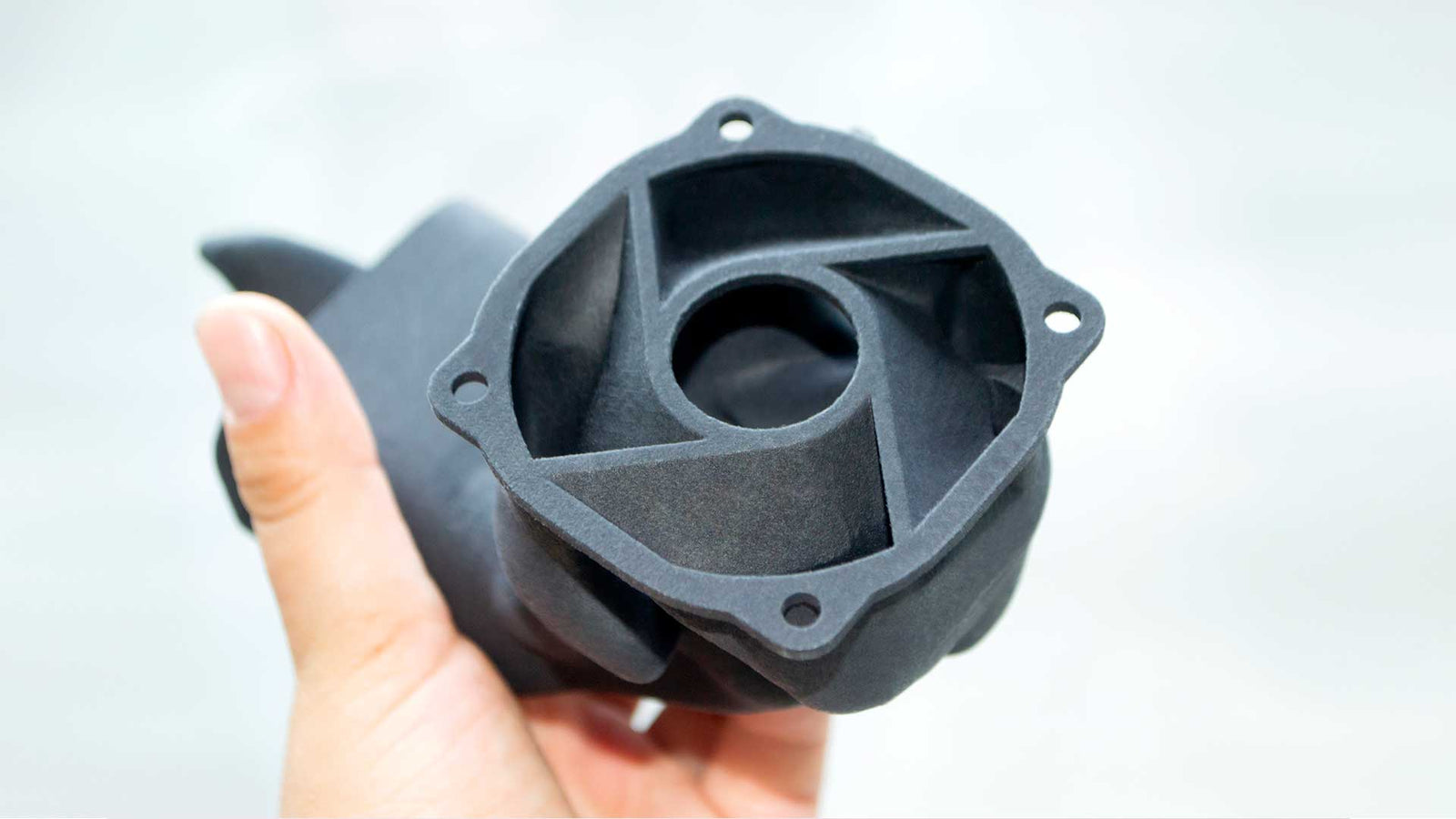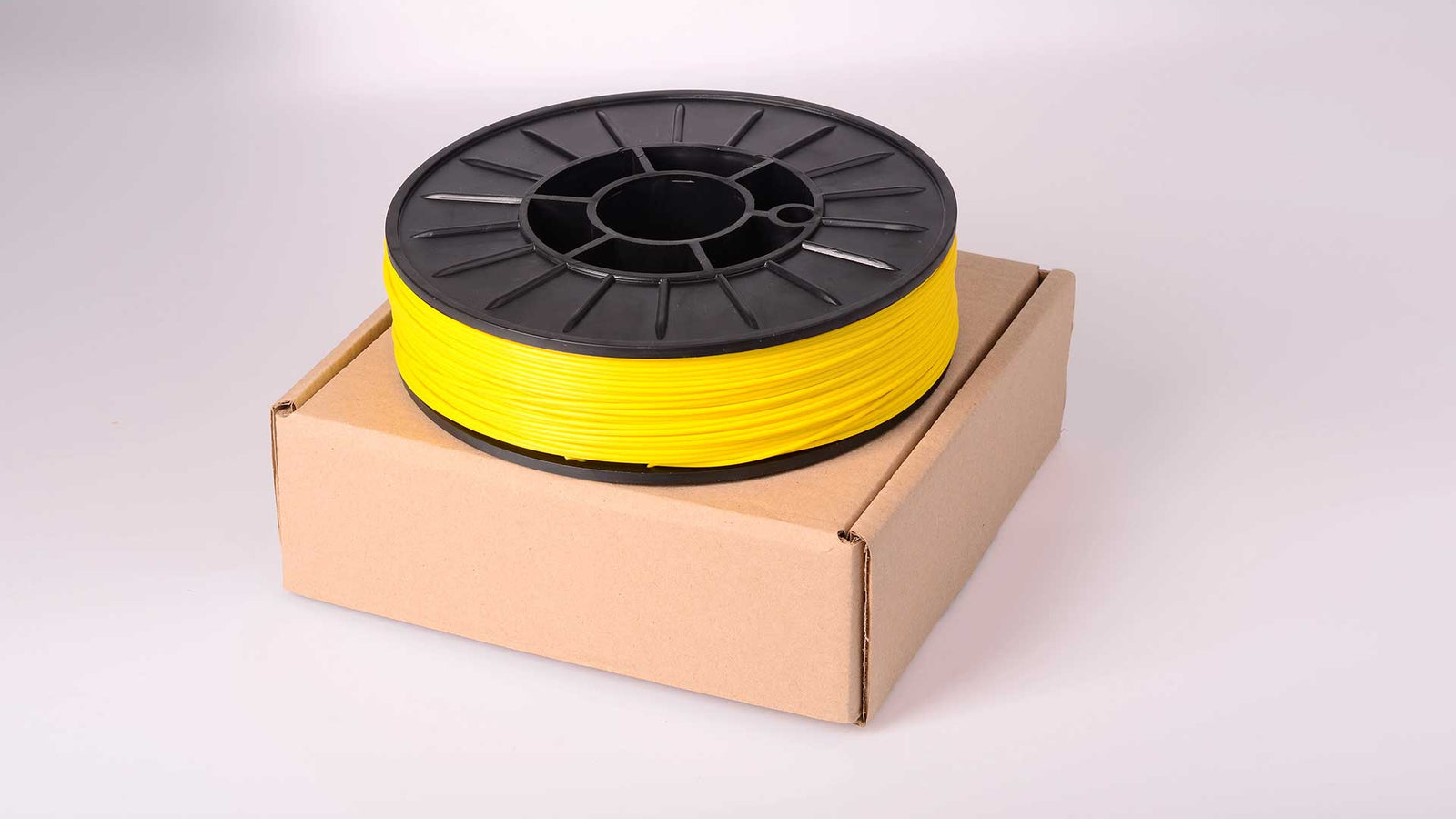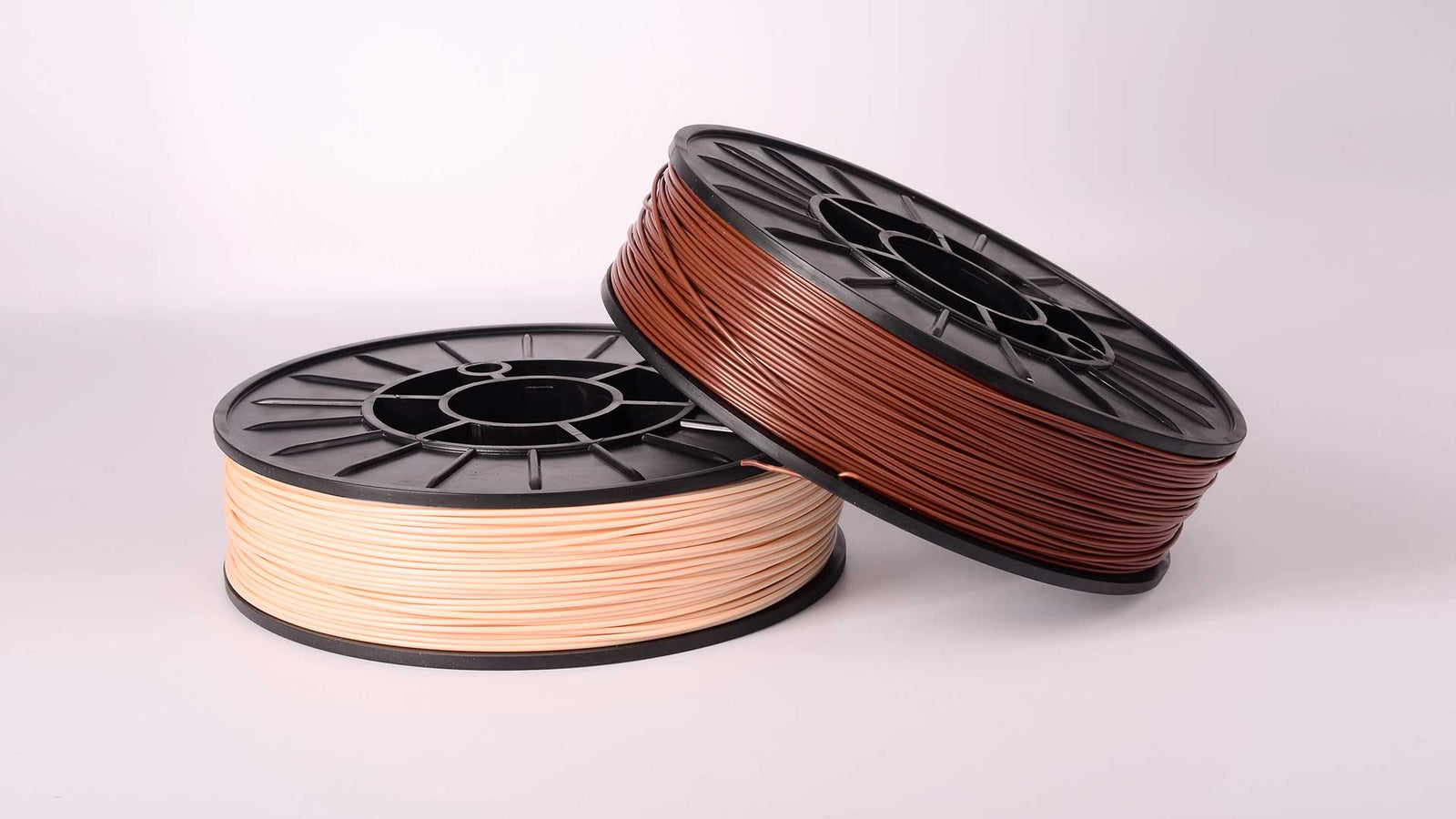If you're new to 3D printing or just looking for a material that gets the job done without extra hassle, PLA filament is the place to start. You might be wondering what PLA filament is and why so many people rely on it for both hobby and industrial projects.
PLA stands for Polylactic Acid, a bioplastic derived from renewable sources such as corn starch and sugarcane. It’s easy to print with, budget-friendly, and more environmentally friendly compared to petroleum-based alternatives.
At Filamatrix, we’ve seen firsthand how PLA helps users of all levels get better prints faster. If you're building detailed prototypes, fun custom models, or everyday parts, PLA is a filament you can count on to deliver quality without the complexity. With low printing temperatures, minimal warping, and broad compatibility across 3D printers, it’s no surprise that PLA continues to lead the pack in usability and performance.
In the sections below, we’ll break down the top benefits of using PLA in your 3D printing projects. We also explain why it remains the go-to material for creators seeking an easier printing experience from start to finish.
What Is PLA Filament?
PLA (Polylactic Acid) is a bioplastic derived from renewable sources, such as corn starch and sugarcane. It’s one of the most popular 3D printing materials on the market for good reason. PLA prints at lower temperatures, offers excellent detail, and doesn’t need a heated bed. That makes it perfect for both beginners and seasoned creators who want hassle-free printing with strong, attractive results.
PLA stands out in an industry packed with technical materials and complex printing processes. While other filaments might need extra care, specialized equipment, or lots of trial and error, PLA gives you an easy entry into 3D printing. Additionally, it's a more environmentally conscious choice, which is particularly important now more than ever.
It's an Easy Filament for Beginners
3D printing comes with a learning curve, but PLA keeps it simple. If you're new to printing, starting with a filament that behaves well can make all the difference. PLA doesn’t warp as easily as other materials, and it sticks well to the print bed with minimal fuss. That means you can spend more time creating and less time troubleshooting.
It also doesn’t give off harsh fumes or require complicated printer setups. You can focus on designing your model instead of worrying about ventilation or precise temperature adjustments. PLA helps you build confidence early on, so you’re not overwhelmed by technical challenges from the start.
Wide Range of Colors and Blends Available
PLA is functional and fun. You’ll find it in every color imaginable, and there are creative blends that let you get even more out of your prints. Want a wood-like finish? There's a PLA for that. Seeking a metallic or glow-in-the-dark effect? PLA covers that, too.
You can combine PLA with other fibers, such as wood, carbon, or metal, to create custom textures and visual effects without requiring post-processing. That means less time spent sanding or painting and more time bringing your ideas to life. Whether you’re building prototypes, artistic pieces, or functional parts, PLA offers the flexibility to match your vision.
PLA Is More Eco-Friendly Than Other Filaments
Sustainability is a growing concern across industries, and 3D printing is no exception. PLA stands out because it’s derived from plants, not petroleum. That makes it both biobased and biodegradable under the right conditions.
PLA is a practical step in the right direction for creators and businesses looking to reduce their environmental impact. While it still requires proper disposal and isn’t a magic solution, it’s a much cleaner alternative compared to traditional plastic-based filaments like ABS or PETG.
Using PLA can help your team build more responsibly without sacrificing performance. It’s a small change that adds up over time, especially for high-volume printing environments.
No Need for High Print Temperatures
One of the most frustrating parts of using tougher filaments is managing the high temperatures needed to print them. PLA eliminates that stress. It flows smoothly at lower temperatures (typically around 190 to 220°C) and works on most consumer 3D printers that do not have a heated bed.
Lower print temperatures also reduce wear on your equipment and energy usage. You won’t need to worry about clogs, burned prints, or overheating your nozzle. That translates to longer-lasting hardware, lower electricity bills, and more consistent results every time you print.
Simple Post-Processing for Faster Turnaround
Once your print finishes, PLA makes the next steps easy. You can sand, drill, or paint PLA without any special tools or processes. It bonds well with most adhesives, and its surface is smooth enough to appear polished right out of the printer.
Other filaments often require additional finishing work, such as smoothing with chemicals or high-heat treatments. PLA keeps your post-processing simple, especially if you’re working on a tight deadline or just want to move on to your next print. Just remember: PLA can be sensitive to heat after printing. So, keep it out of hot cars or direct sunlight for best results.
Affordable and Accessible for Every Skill Level
Affordability is another big win for PLA. It’s widely available and typically one of the cheapest filament options on the market. That means you can experiment more, iterate faster, and stay on budget whether you're building prototypes or making custom parts for clients.
Because it’s so widely used, PLA also has one of the most active user communities. If you encounter issues or have questions, numerous tutorials, guides, and forums are available to assist you. You’re never alone when working with PLA.
Ideal for Prototyping and Custom Applications
PLA is a solid choice for businesses that require fast and accurate prototypes. It holds detail well and allows for tight tolerances, so you can use it to validate product designs, test ideas, or produce low-volume parts quickly.
Its visual quality makes it great for display models and functional mockups. You can also mix it with carbon fiber or metal additives to create stronger, more durable parts. That kind of versatility is essential in fields such as automotive, aerospace, and manufacturing.
PLA gives you professional-grade results without the need for industrial-scale tools or complicated material handling. That’s why it remains one of the most popular filaments in both hobbyist and commercial spaces.
Why PLA Filament Belongs in Your 3D Printing Toolkit
If you’ve been asking what PLA filament is and whether it’s the right fit for your next project, the answer is pretty clear. PLA combines ease of use, eco-friendliness, and flexibility in a way that few other filaments can match. It’s the perfect material for learning, experimentation, and producing reliable results.
At Filamatrix, we know a thing or two about getting great results from 3D printing. With over 50 years of experience in polymer extrusion, we offer high-performance PLA products that meet tight tolerances, ship quickly, and withstand real-world use. We manufacture every filament right here in the United States to provide you with quality you can count on.
We also offer a broad range of industrial-grade filaments, including multiple PLA blends, Nylon options, and specialty materials such as PETG and TPU.
Ready to bring your next idea to life? Start with PLA from Filamatrix, and turn your ideas into something solid.
Frequently Asked Questions About PLA Filament
What is PLA filament made of?
PLA filament is made from renewable resources, such as cornstarch or sugarcane. It’s a type of bioplastic, which means it's derived from plant-based materials rather than petroleum. This makes it a more eco-conscious option for 3D printing compared to traditional plastic filaments, such as ABS.
Is PLA filament biodegradable?
Yes, PLA is biodegradable under the right industrial composting conditions. It breaks down more easily than petroleum-based plastics, though it won’t decompose quickly in your backyard compost pile. It’s still a better choice for reducing long-term waste in the 3D printing world.
What temperature should I print PLA at?
PLA typically prints between 190°C and 220°C. Most printers work well with PLA at a temperature of around 200°C. Unlike other filaments, PLA doesn’t require a heated bed; however, maintaining the bed at 40–60°C can improve adhesion and reduce warping.
Can PLA filament go in any 3D printer?
PLA is one of the most compatible filaments on the market. It works with nearly every desktop 3D printer, especially those made for hobby or entry-level use. You don’t need any special nozzles or enclosures to get good results with PLA.
How strong is PLA?
PLA is strong enough for most non-functional parts, such as prototypes, decorative items, and models. While it’s rigid and holds fine details well, it can be brittle under heavy stress or high heat. Consider using materials like Nylon or TPU for more durable or flexible parts.
Can I use PLA for outdoor projects?
PLA can hold up outside temporarily, but it’s not ideal for long-term outdoor use. Heat and UV exposure can cause it to warp or degrade. If you're printing something that needs to withstand outdoor conditions, it's best to use a filament specifically designed for outdoor durability.
Does PLA filament expire?
Like most filaments, PLA can absorb moisture over time, which affects print quality. While it doesn’t "expire" like food, it’s a good idea to store it in a dry, sealed container when not in use. You can also dry it out using a filament dryer if it’s been sitting for a while.




